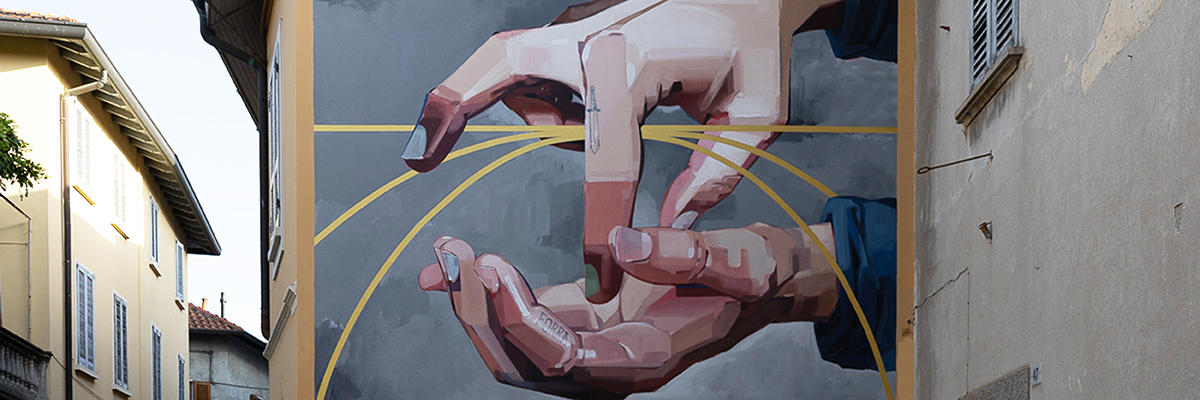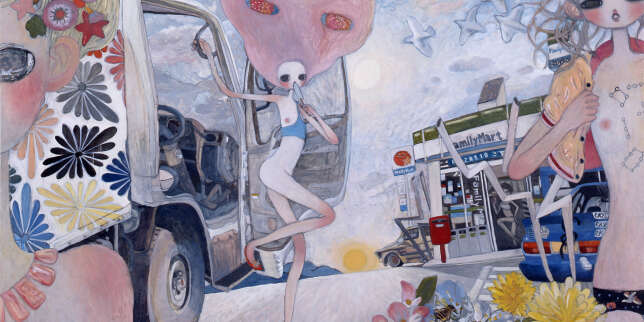Atlas
2012 - Film & Video (Film & Video)
4:58 minutes
Karthik Pandian
Filmed in Morocco, the film Atlas by Karthik Pandian continues his investigation into history, site and monument. The film explores fundamental notions of movement, freedom and the cinematic imaginary through the figure of the camel. Rather than focusing on the Moroccan patrimonial landscape, which is itself full of simulations and fantasies conjured for the touristic imagination, Pandian shot the video in Ouarzazate, Hollywood’s go-to location to stage the desert — from Lawrence of Arabia to The Mummy. Littered with deteriorating sets constructed for films set in Jerusalem, ancient Egypt, Rome, Mecca… etc, the site portrayed in the video is itself disoriented, as Pandian collapses the distinction between set and location. Is it the Middle East? Is it the Western imagination of the Middle East? Is it a Moroccan fiction of the Middle East constructed for a Western gaze? In the video, camel ‘actors’ in custom-tailored costumes embroidered with American pennies and nickels, restlessly traverse the frame. Pandian’s stroboscopic editing of these sequences recall the flicker of Eadweard Muybridge’s 19th century animal locomotion studies, which focused photographic attention on the camel when it was first being introduced to the American West. The video also features an original score written for Pandian by renowned experimental composer Christian Wolff. The score, performed with coins, along with the embroidery on the costumes, summon the uneven exchanges – cultural, political, economic – that haunt the pursuit of liberty.
Los Angeles-born artist Karthik Pandian’s work explores our relationship to historical consciousness and the various ways in which we perceive and perform the past. Working across moving image, sculpture, performance, and film — having adopted the 16mm format inspired by ethnographic film — Pandian describes his work as being ‘concerned in particular with the way in which history lurks in matter.’ As such, he takes cues from the architecture and archaeology of sights, allowing the material history of objects and places to speak. Several of his videos and films in multimedia installations are accompanied by architectural structures or sculptural elements, that he often projects onto. In a notable work, Unearth (2011), for example, Pandian’s research of the Native American Cahokia culture and its ceremonial monuments resulted in films projected onto pillars made from ground soil taken from the research sites. Even though his work is research driven and has cultural references scattered throughout — in the forms of labyrinths, temples, and ancient structures among many others — Pandian’s interest is in the fictive possibilities that these representations from and of the past can carry. Through the play of time and materiality, and through a thought process that embraces ambivalence and opacity, the monuments and relics that Pandian captures become entangled in stroboscopic reverberations between past and present.
Colors:
Related works sharing similar palette

© » KADIST
Ranu Mukherjee
2011Conceived as a large-scale mural-like projection, Color of History, Sweating Rocks is a neo-futuristic, hybrid film that combines cinematic language, collage, animation, and inventive forms to highlight the plight of the peoples of the Sahara—and refugees in general—who have been displaced by oil-mining....

© » KADIST
Yin-Ju Chen
One Universe, One God, One Nation was inspired by Hannah Arendt’s analysis of space exploration and by the astrological horoscope of Chinese political and military leader Chiang Kai-shek (1887-1975)...

© » HYPERALLERGIC
Citing Silencing of Arab Voices, Artists Cut Ties With Art Canada Institute Skip to content Rana Nazzal Hamadeh, "Untitled" (2020), color digital photograph, inkjet on vinyl, 60 inches x 120 inches (image courtesy of the artist) A number of artists and curators have said they are cutting ties with Art Canada Institute (ACI) after the arts nonprofit was accused late last month of attempting to suppress the voices of a group of Arab and Muslim artists...

© » KADIST
Alexandre da Cunha
2005Glaze (Savana) (2005) is an assemblage of found materials: a car wheel, a tire, and a wooden plinth of the type traditionally used to display sculpture...

© » KADIST
Natalia Lassalle-Morillo
2019In her film Retiro (2019), Natalia Lassalle-Morillo considers how women pass down memories to their kin as they age...

© » KADIST
Gan Chin Lee
2019In Studies of Chinese New Villages II Gan Chin Lee’s realism appears in the format of a fieldwork notebook; capturing present-day surroundings while unpacking their historical memory...

© » KADIST
Gozo Yoshimasu
2014Gozo Yoshimasu’s visual-poetry series Dear Monster (Kaibutsu-kun) explores his response to the March 2011 Tohoku earthquake and tsunami...
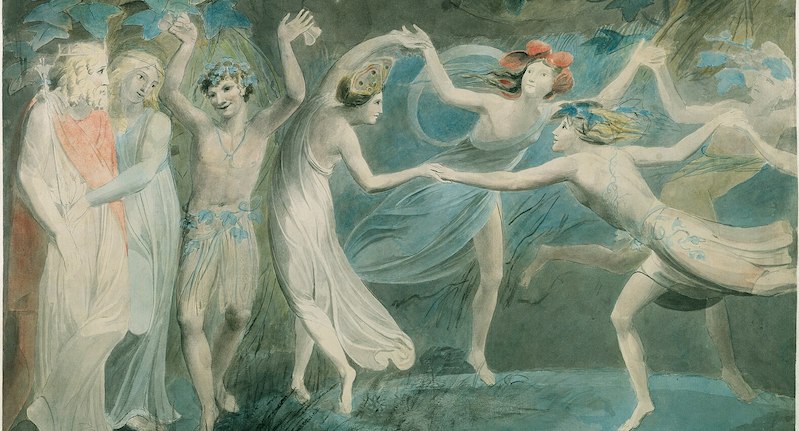
© » LITHUB
On the Serious Business of 19th-Century Fairy Paintings ‹ Literary Hub Craft and Criticism Fiction and Poetry News and Culture Lit Hub Radio Reading Lists Book Marks CrimeReads About Log In Literary Hub Craft and Criticism Literary Criticism Craft and Advice In Conversation On Translation Fiction and Poetry Short Story From the Novel Poem News and Culture History Science Politics Biography Memoir Food Technology Bookstores and Libraries Film and TV Travel Music Art and Photography The Hub Style Design Sports Freeman’s The Virtual Book Channel Lit Hub Radio Behind the Mic Beyond the Page The Cosmic Library The Critic and Her Publics Emergence Magazine Fiction/Non/Fiction First Draft: A Dialogue on Writing Future Fables The History of Literature I’m a Writer But Just the Right Book Keen On The Literary Life with Mitchell Kaplan New Books Network Read Smart Talk Easy Tor Presents: Voyage Into Genre Windham-Campbell Prizes Podcast Write-minded Reading Lists The Best of the Decade Book Marks Best Reviewed Books BookMarks Daily Giveaway CrimeReads True Crime The Daily Thrill CrimeReads Daily Giveaway Log In Via Pegasus Books On the Serious Business of 19th-Century Fairy Paintings Jennifer Higgie Considers the Significance of a Mystical Artistic Tradition By Jennifer Higgie January 5, 2024 Featured Image: Oberon, Titania and Puck with Fairies Dancing, by William Blake Much like the present moment, the nineteenth century was a time of rapid social and technological change and political turmoil...
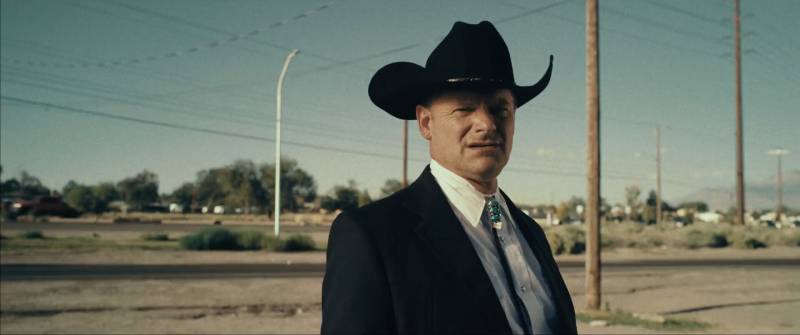
© » KQED
SF IndieFest Is a Valentine to Movies and Movie Lovers | KQED Skip to Nav Skip to Main Skip to Footer upper waypoint The Do List SF IndieFest Is a Valentine to Movies and Movie Lovers Michael Fox Feb 8 Save Article Save Article Failed to save article Please try again Email Steve Zahn in the SF IndieFest opening night film, 'LaRoy,' playing Feb...

© » KADIST
Clarissa Tossin
2017Clarissa Tossin’s film Ch’u Mayaa responds to Frank Lloyd Wright’s Hollyhock House (constructed 1919–21) in Los Angeles, an example of Mayan Revival architecture...
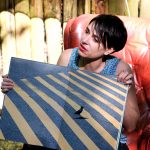
© » ARTS EQUATOR
Cakap-Cakap: Interview with Anaïs López for The Migrant | ArtsEquator Thinking and Talking about Arts and Culture in Southeast Asia Articles April 28, 2021 In this month’s Cakap-Cakap (chit-chat), ArtsEquator speaks with visual artist Anaïs López about her multimedia exhibition The Migrant which is currently showing at the Chapel Gallery, Objectifs...
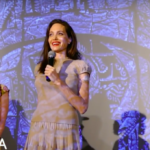
© » ARTS EQUATOR
Cambodia Town Film Festival presents perspectives beyond ‘Crazy Rich Asians’ (via Long Beach Post) | ArtsEquator Thinking and Talking about Arts and Culture in Southeast Asia Articles September 17, 2018 Kilong Ung was just a teenager when the Khmer Rouge overtook his hometown of Battambang in Cambodia...
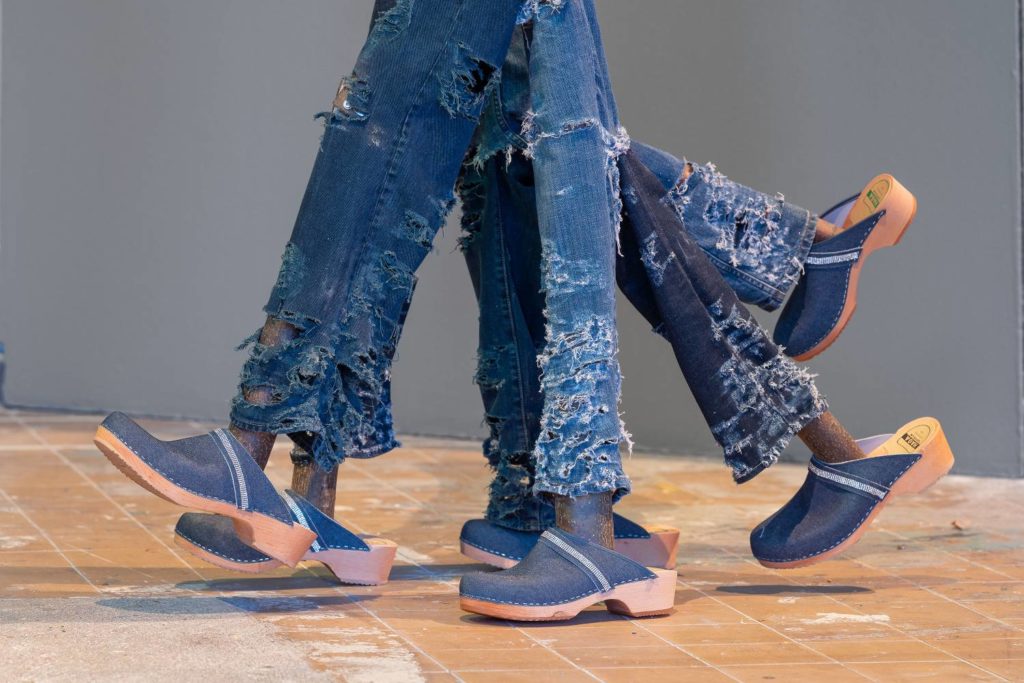
© » FLASH ART
Twilight Oddities, Real Nightmares, Queer Errands, and Other Daydreams: The Gothenburg Biennial | | Flash Art Flash Art uses cookies strictly necessary for the proper functioning of the website, for its legitimate interest to enhance your online experience and to enable or facilitate communication by electronic means...






